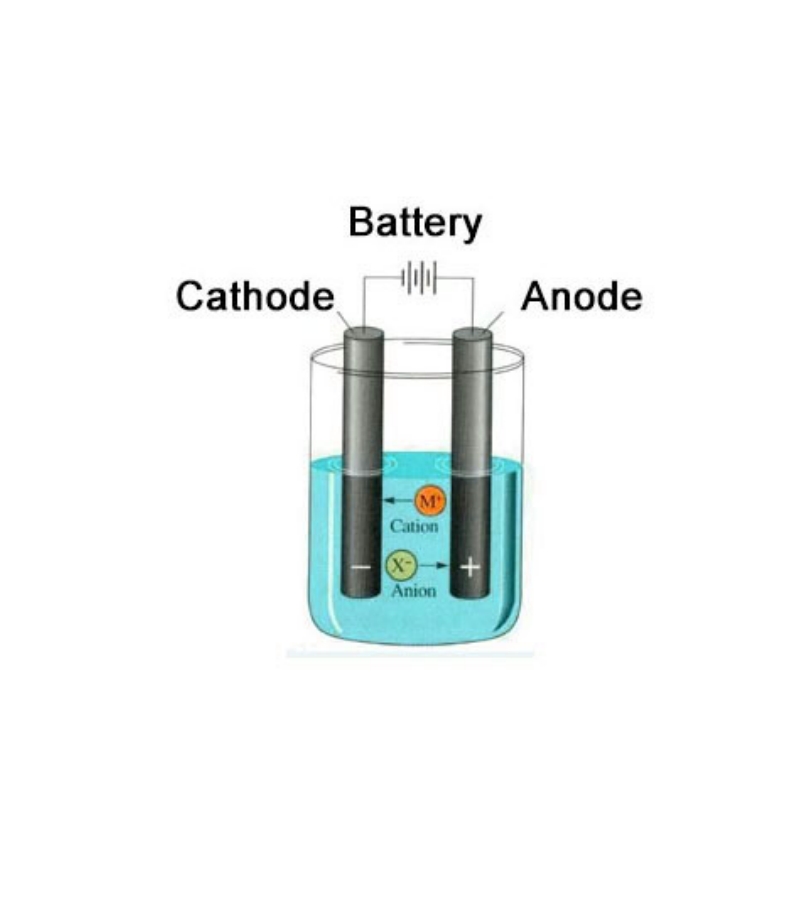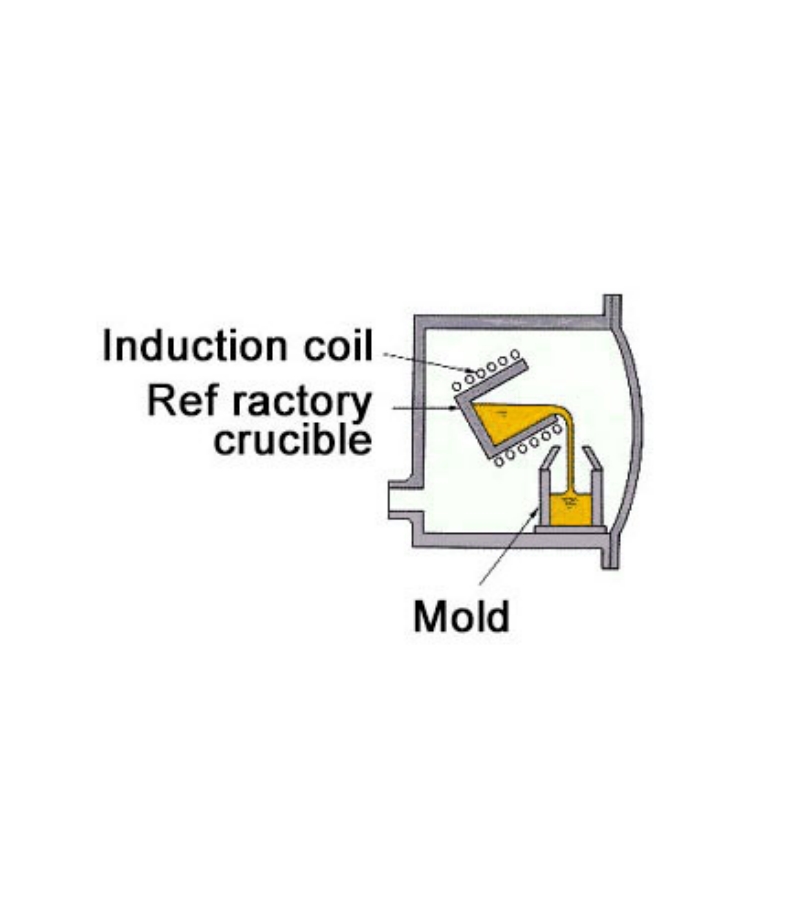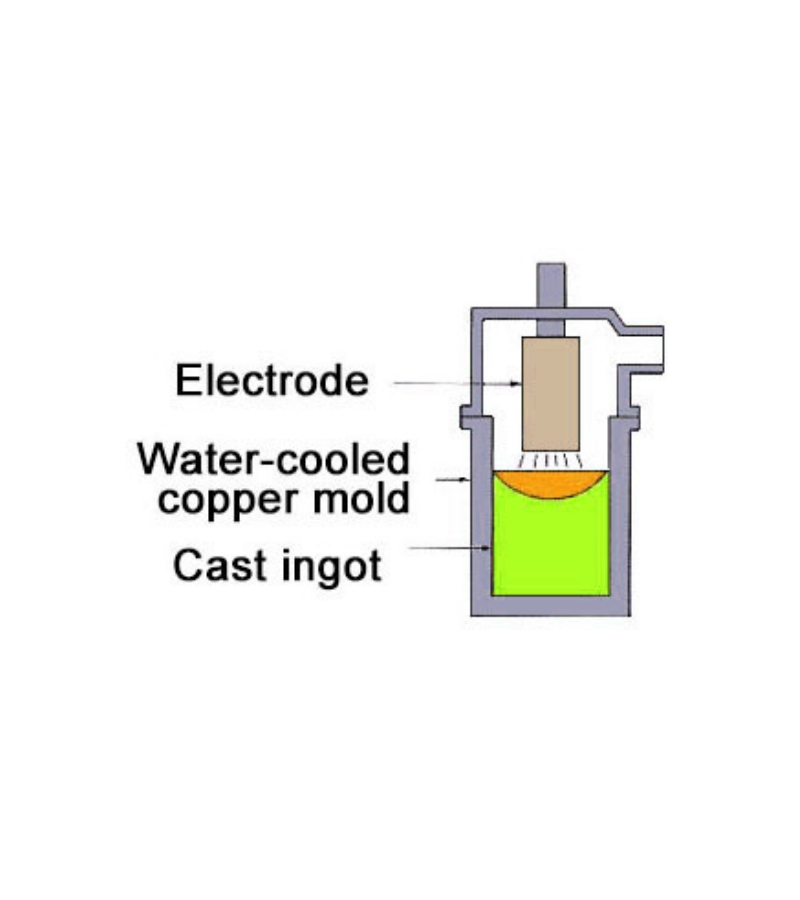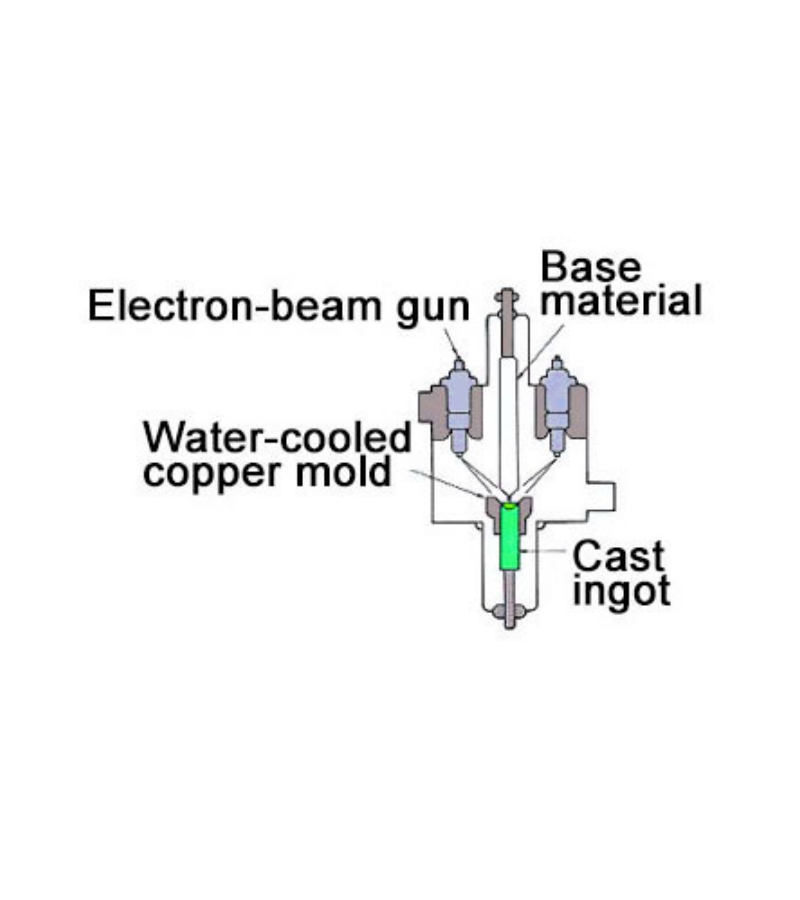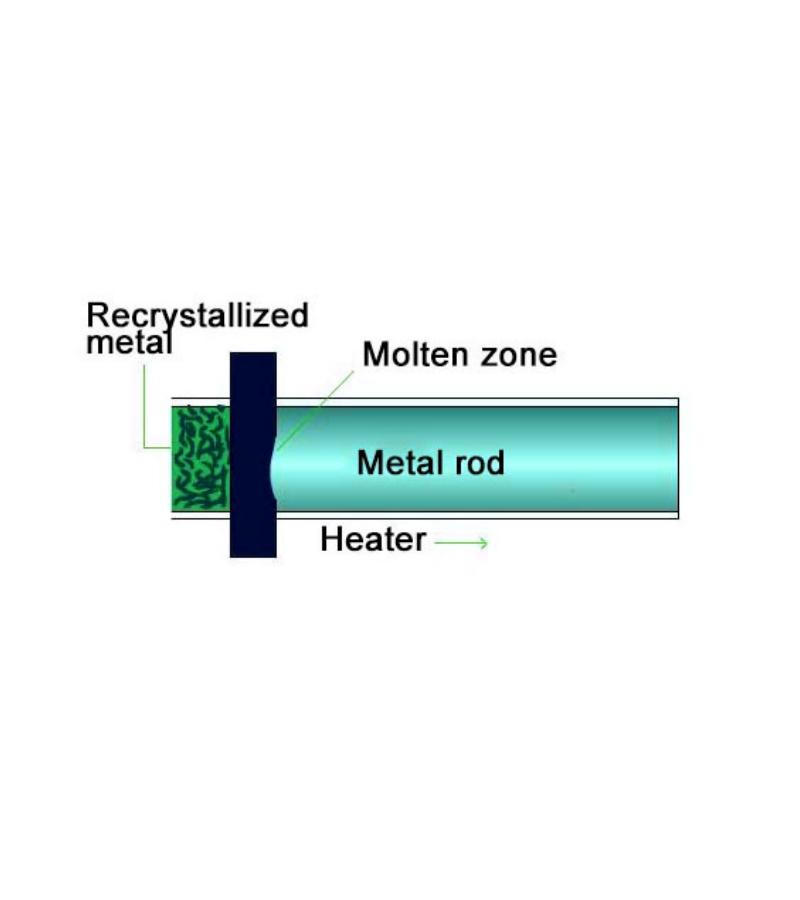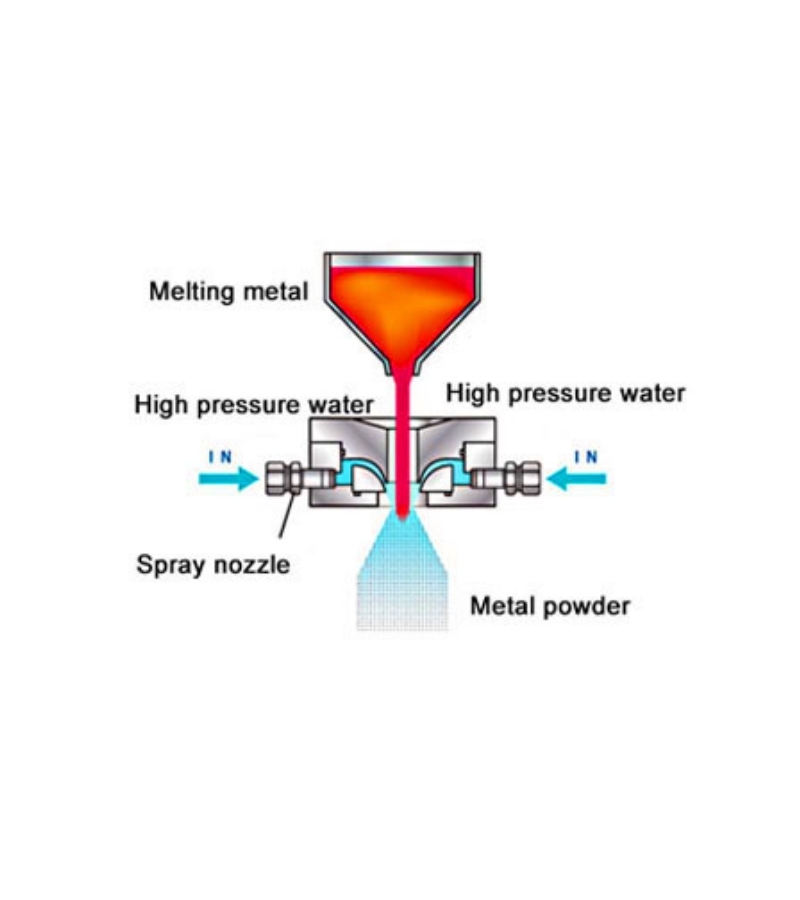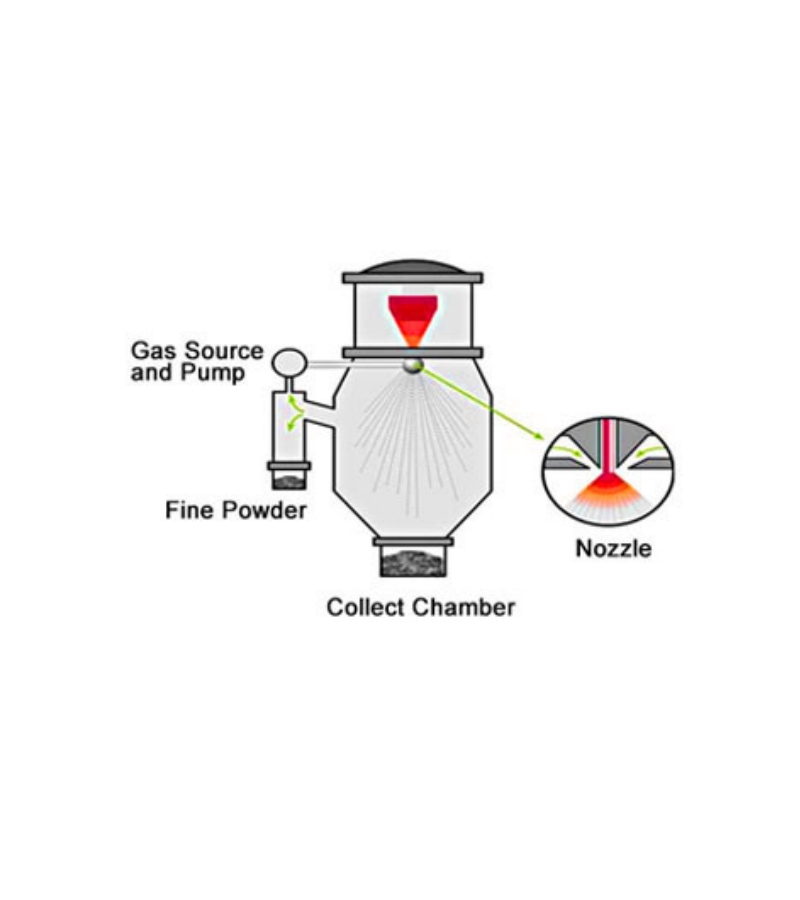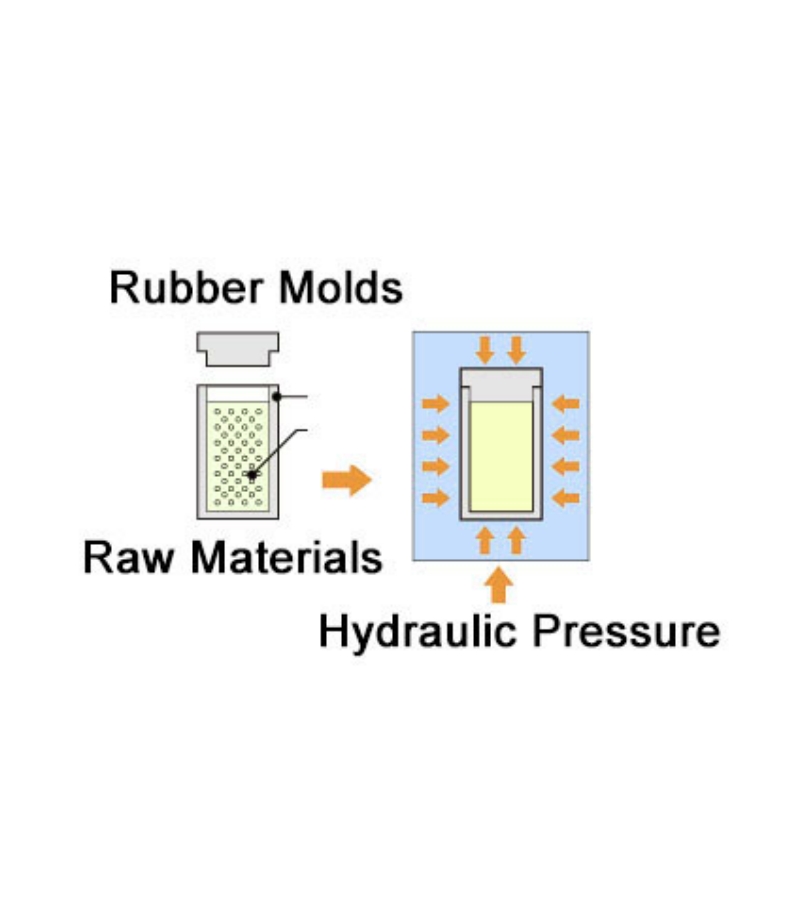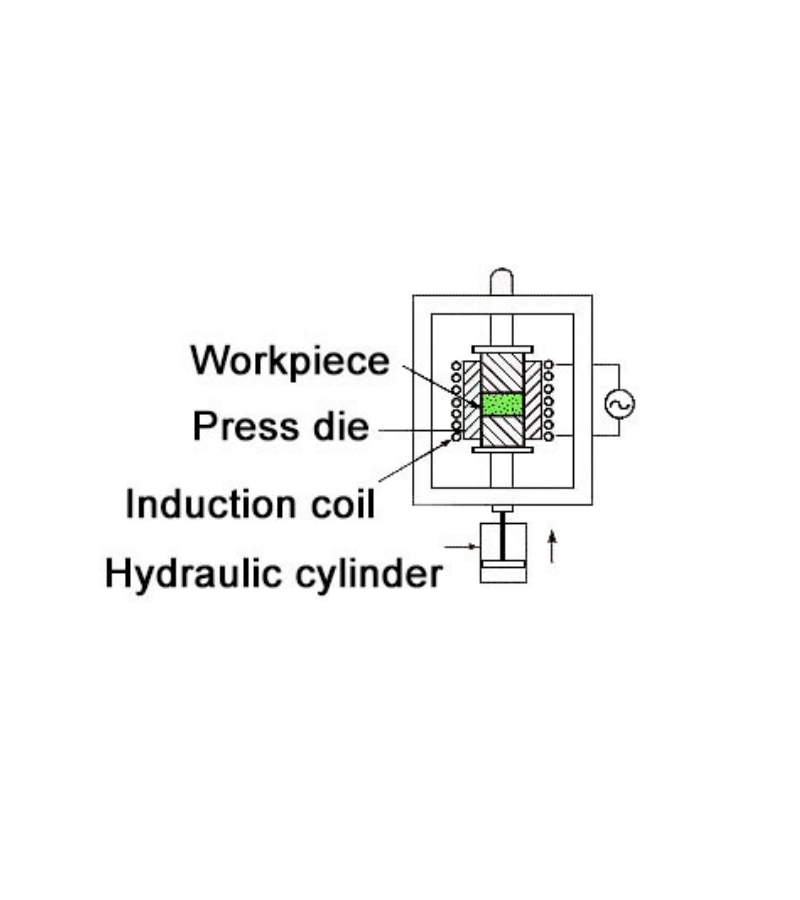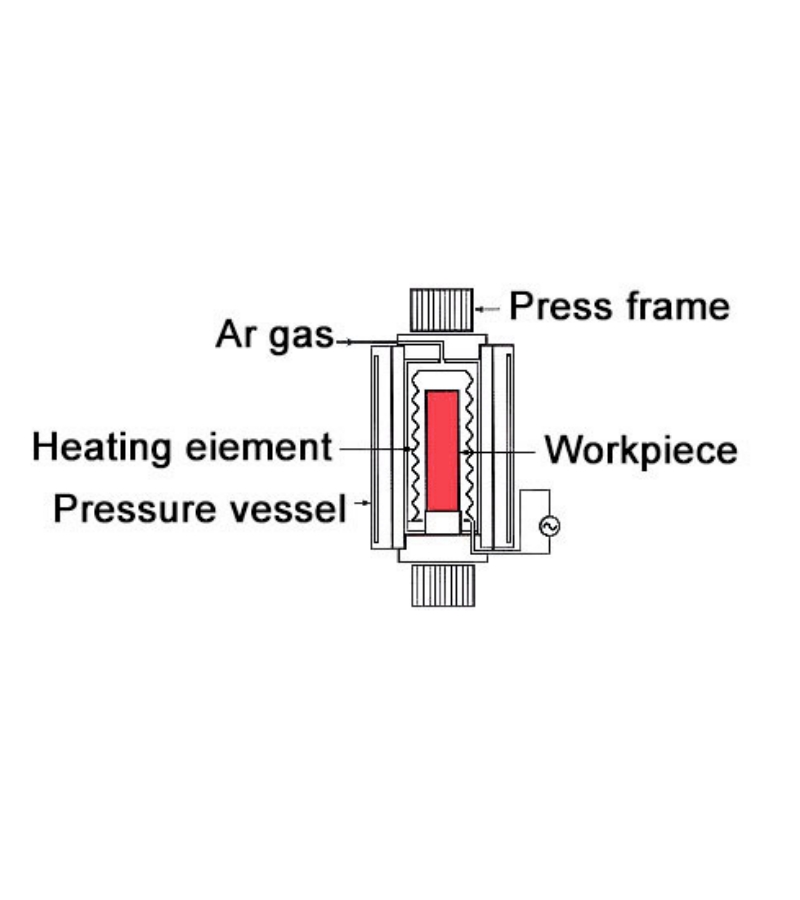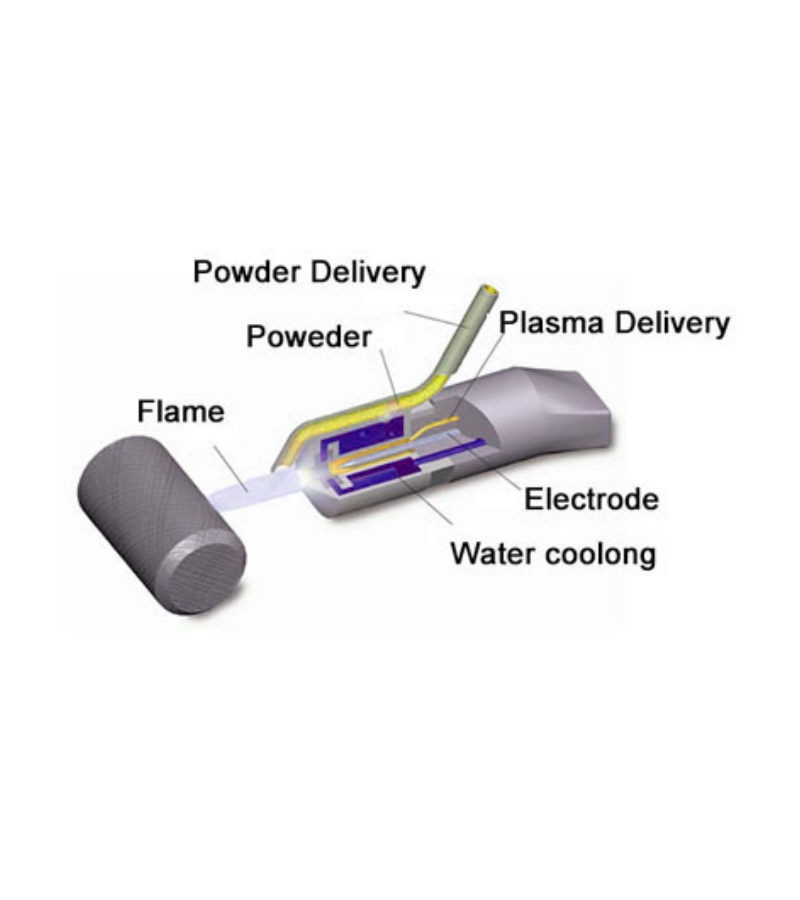Search productSearch post
Our material technologies are used in many different processes and thousands of products, supported by a wide range of technologies. We can integrate various material processing and application techniques, including electrolytic purification, composite synthesis, melting, zone refining, electron beam melting, induction melting, arc melting, atomization, ball milling, hot pressing, hot isostatic pressing, cold isostatic pressing, sintering, spraying, forging, rolling, extrusion, and machining.
Our company possesses several core technologies in material preparation, including electrolytic and chemical purification techniques, low-oxygen high-purity metal and alloy preparation, spherical powder preparation, precise composition control, and stable particle size distribution. Additionally, we have microstructure morphology control, metal and alloy heat treatment, and advanced material plastic forming technologies. These technologies enable us to provide high-quality, stable-performance research material solutions.
Electrolytic Purification Technology
Electrolytic purification technology involves the process of electrolysis using an electrolytic solution. In this process, crude metal serves as the anode, and pure metal acts as the cathode, with a solution containing metal ions as the electrolyte. During electrolysis, impurities and inert substances in the crude metal cannot dissolve and eventually form anode mud that deposits at the bottom of the electrolytic cell. Although active impurities dissolve at the anode, they cannot precipitate at the cathode, ensuring that the metal deposited on the cathode is of high purity.
This technology is widely used for refining various metals such as copper, cobalt, nickel, gold, silver, platinum, iron, lead, antimony, tin, and bismuth. By using this technique, impurities in the metal can be effectively removed, resulting in high-purity metal materials.
Vacuum Induction Melting Technology
Vacuum induction melting technology uses the principle of medium-frequency electromagnetic induction heating to heat and melt metals in a vacuum induction furnace. The furnace is equipped with a helical coil, which generates an alternating magnetic field when medium-frequency current passes through it. Under this magnetic field, the metal charges induce a potential, forming a ring-shaped current. Due to the skin effect, this current concentrates on the outer layer of the metal, producing a high current density that generates a strong thermal effect, thereby heating or melting the metal raw materials.
This technology is widely applicable for melting in vacuum or protective atmospheres, efficiently casting nickel-based and specialty steels, precision alloys, high-temperature alloys, rare earth metals, active metals, hydrogen storage materials, NdFeB, and magnetic materials.
Vacuum Arc Melting Technology
Vacuum arc melting technology operates in a vacuum environment, where arc discharge generates a plasma zone to achieve high-temperature metal melting. The joule heat produced by the arc discharge continuously melts the consumable electrode, which then crystallizes and forms ingots during the melting process. This technology features high-temperature and fast melting, effectively removing gas impurities from the metal. Additionally, since the molten metal does not contact refractory materials, it reduces metal inclusions.
As a result, vacuum arc melting is widely used in the production of steel, especially high-alloy steel, titanium and titanium alloys, as well as refractory active metals.
Electron Beam Melting Technology
Electron beam melting technology operates in a high-vacuum environment. Under a high-voltage electric field, the cathode is heated and releases electrons. These electrons gather to form a beam, which moves at high speed towards the anode under the influence of the accelerating voltage. After passing through the anode, the electron beam is precisely controlled by focusing and deflection coils to accurately strike the bottom ingot and material in the mold, forming a molten pool. The material continuously melts and drips into the pool, achieving metal melting.
This technology is particularly suitable for melting high-melting-point and active metals such as tantalum, niobium, tungsten, and molybdenum.
Zone Refining Technology
Zone refining technology involves the local heating of an ingot to create a narrow molten zone, which then moves slowly along the ingot. By controlling the distribution of impurities during the melting and solidifying processes and leveraging the differences in solubility between the solid and liquid states, impurities are precisely removed. This method is known as zone melting. Zone refining is a critical application in metallurgy, particularly in the preparation of semiconductor materials, high-purity metals, inorganic compounds, and organic compounds. It is commonly used for preparing elements such as aluminum, gallium, antimony, copper, iron, silver, tellurium, and boron, and can purify some inorganic and organic compounds.
Water Atomization Pulverization Technology
Water atomization pulverization technology is a process where high-pressure water jets transform molten metal into fine powder. This process includes drying, screening, post-mixing, and packaging to produce metal powders that meet customer requirements. Metal powders produced by water atomization have the following characteristics:
This technology is widely used in industries that require high-quality powders, ensuring stable product performance.
Gas Atomization Powder Technology
Gas atomization powder technology uses nitrogen or argon gas to strike a stream of molten metal, creating tiny droplets. As these metal droplets cool during landing, they form spherical metal powders. Metal powders produced by gas atomization have the following characteristics:
This technology is suitable for industries that require high-quality powders, ensuring the production of metal powders that meet precise specifications.
Cold Isostatic Pressing Technology
Cold isostatic pressing technology involves placing materials into a sealed elastic mold and then placing the mold into a container filled with liquid or gas. By applying liquid or gas pressure (typically 100-400 MPa), the material is compressed into a solid while retaining its original shape. Once the pressure is released, the mold can be removed from the container and further shaped as needed after demolding. This process provides a green body for subsequent sintering, forging, or hot isostatic pressing processes.
Cold isostatic pressing is primarily used for pressing high-quality powder products and is widely applied in high-voltage electrical ceramics, electrical carbon, and electromagnetic materials, ensuring the products have excellent physical properties and structural stability.
Hot Pressing Technology
Hot pressing technology involves filling a mold with dry powder and simultaneously applying pressure and heat in a uniaxial direction to complete forming and sintering. During the hot pressing process, the powder is in a thermoplastic state, which facilitates particle contact diffusion, flow, and mass transfer, requiring only one-tenth of the pressure needed for cold pressing. This method not only lowers the sintering temperature and shortens the sintering time but also effectively inhibits grain growth, producing fine-grained, high-density products with excellent mechanical and electrical properties.
Hot pressing technology is mainly used for sintering metal composite materials or ceramic powder composite materials, such as alumina, ferrite, boron carbide, and boron nitride engineering ceramics.
Hot Isostatic Pressing (HIP) Technology
Hot isostatic pressing (HIP) technology involves placing metal or ceramic products (such as low-carbon steel, nickel, molybdenum, glass, etc.) into a sealed container. In this container, nitrogen or argon gas is used as the pressurizing medium, applying uniform pressure to the products while simultaneously applying high temperatures. Under the combined effects of high temperature and high pressure, the products achieve sintering densification, repair casting defects, and improve overall material density.
This process is widely used for metal powder forming (such as preforms and near-net-shape parts), ceramic powder forming, and diamond tool sintering.
Thermal Spraying Technology
Thermal spraying technology uses heat sources such as electric arcs, plasma arcs, and flames to heat, melt, or soften spray materials. These materials are atomized under the heat and then accelerated by the power of the spraying equipment or external airflow, evenly coating the work surface. The spray materials and the workpiece surface form a composite coating through physical changes and chemical reactions.
This technology can be applied to almost all solid engineering materials, such as hard alloys, ceramics, metals, graphite, and nylon. Thermal spraying can provide various special functional coatings for workpiece surfaces, such as wear-resistant layers.
